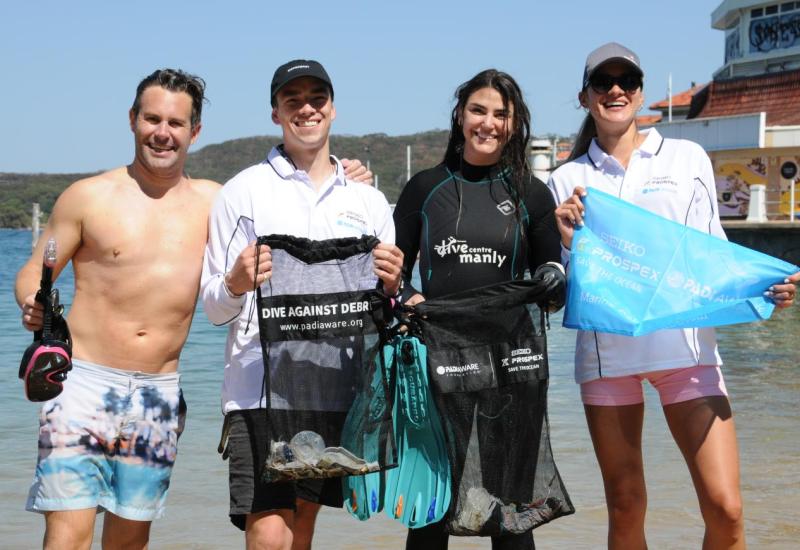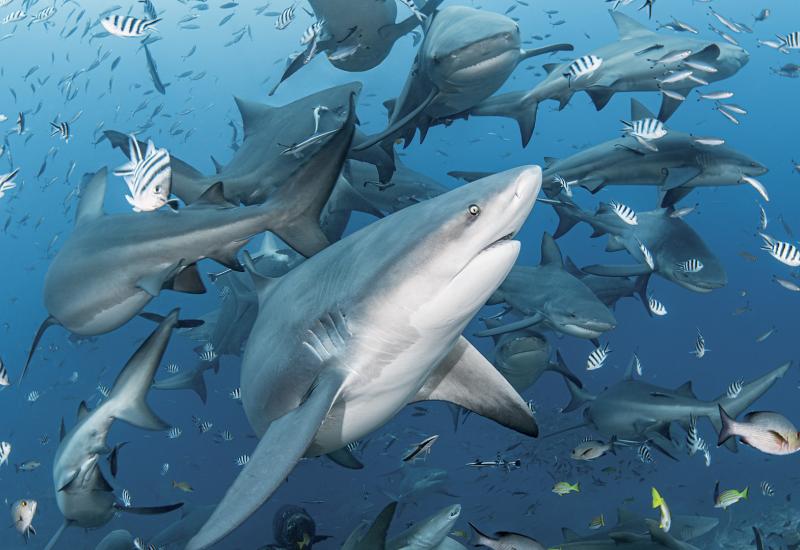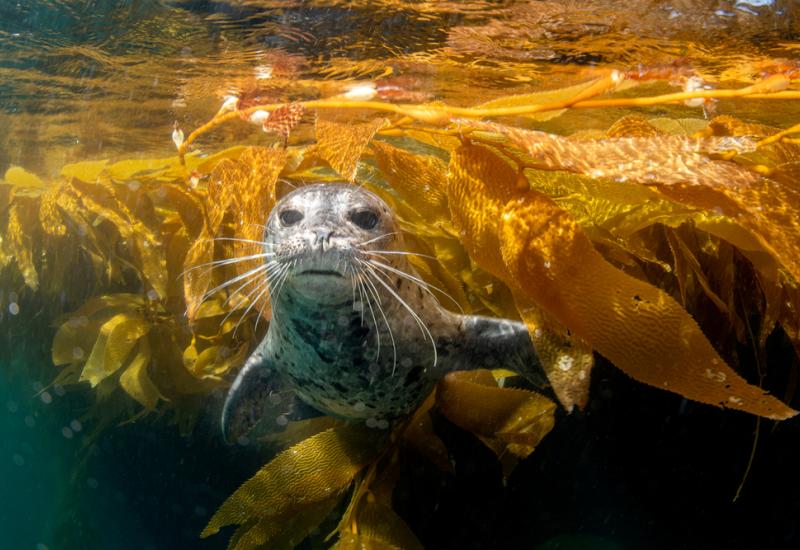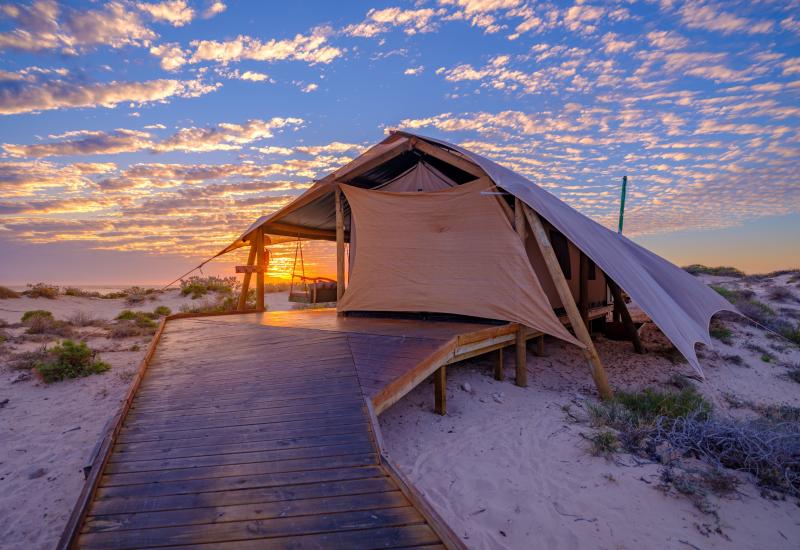Underwater Hotel Opens in Australia on Great Barrier Reef
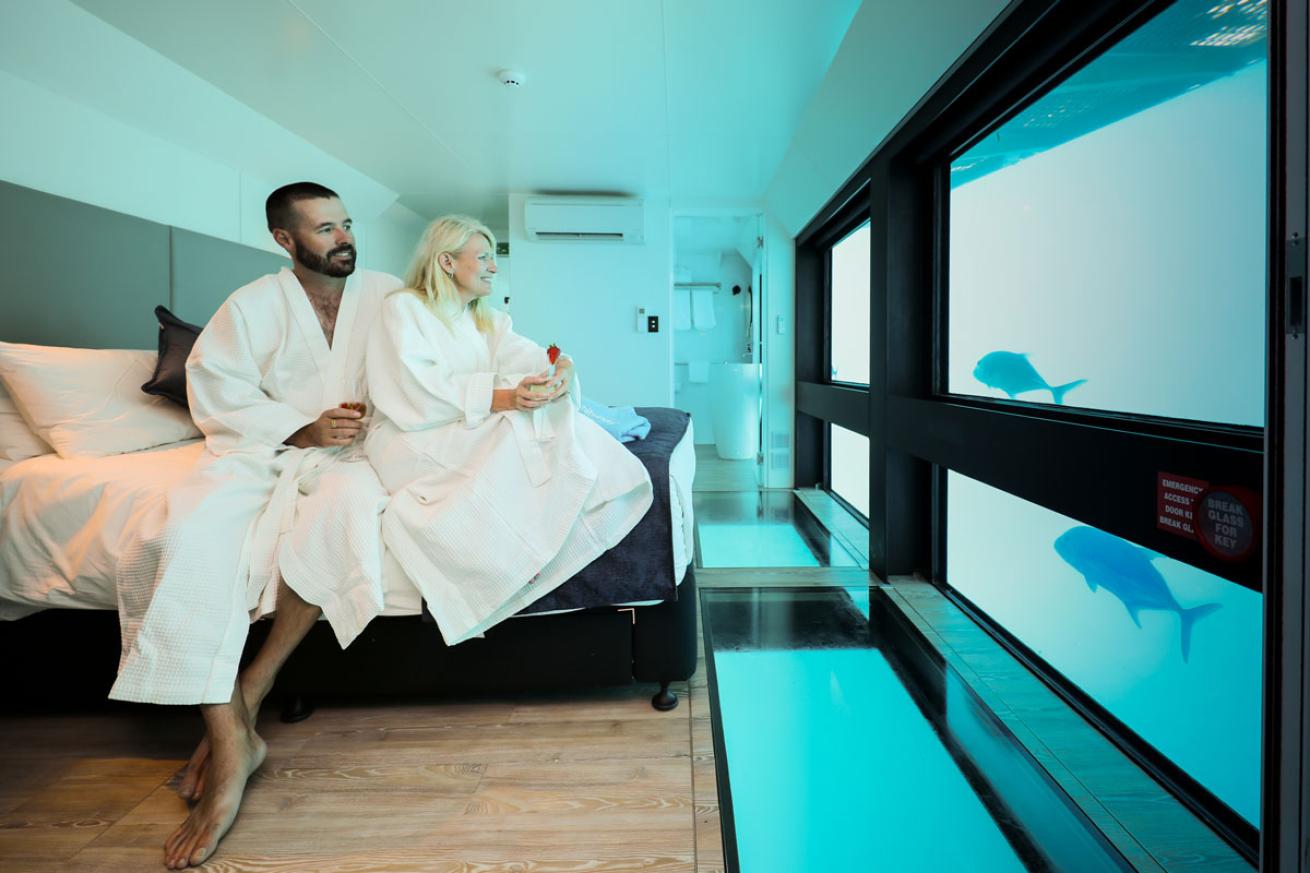
Courtesy ReefsuitesThe 32-room Reefsuites, offers an intimate experience.
Guests visiting the Great Barrier Reef can now sleep with the fishes — literally.
Reefsuites, the country’s first underwater accommodations, opened in December as part of an $8 million floating hotel operated by luxury tourism company Cruise Whitsundays. The suites are suspended 15-feet beneath the pontoon and feature floor-to-ceiling windows for observing the reef’s resident fish, turtles and rays without getting wet.
The hotel, a two-story, 6,000-square-foot pontoon aptly named Reefworld, offers two glass-walled submerged suites and additional “glamping” tents for guests who’d prefer to sleep under the stars instead of under the waves.
Although the hotel can only accommodate 32 people for overnight stays, Reefworld has become a draw for day trips to Hardy Reef, where the pontoon is moored. In its opening month alone, the attraction lured an additional 300 snorkelers and divers to the reef.
However, those who wish to experience this one-of-a-kind getaway — even for a day — face quite a trek before reaching their final destination. Hardy Reef lies 40 nautical miles offshore, and visitors must take an hour-and-a-half flight from Brisbane to Airlie Beach, then a three-hour boat ride out to the hotel.
While the attraction adds valuable tourism dollars to the economy — it’s expected to bring in an additional $23 million per year for local businesses — environmentalists have voiced concern about further impacts on the reef, which are already stressed by factors such as climate change, overfishing and pollution.
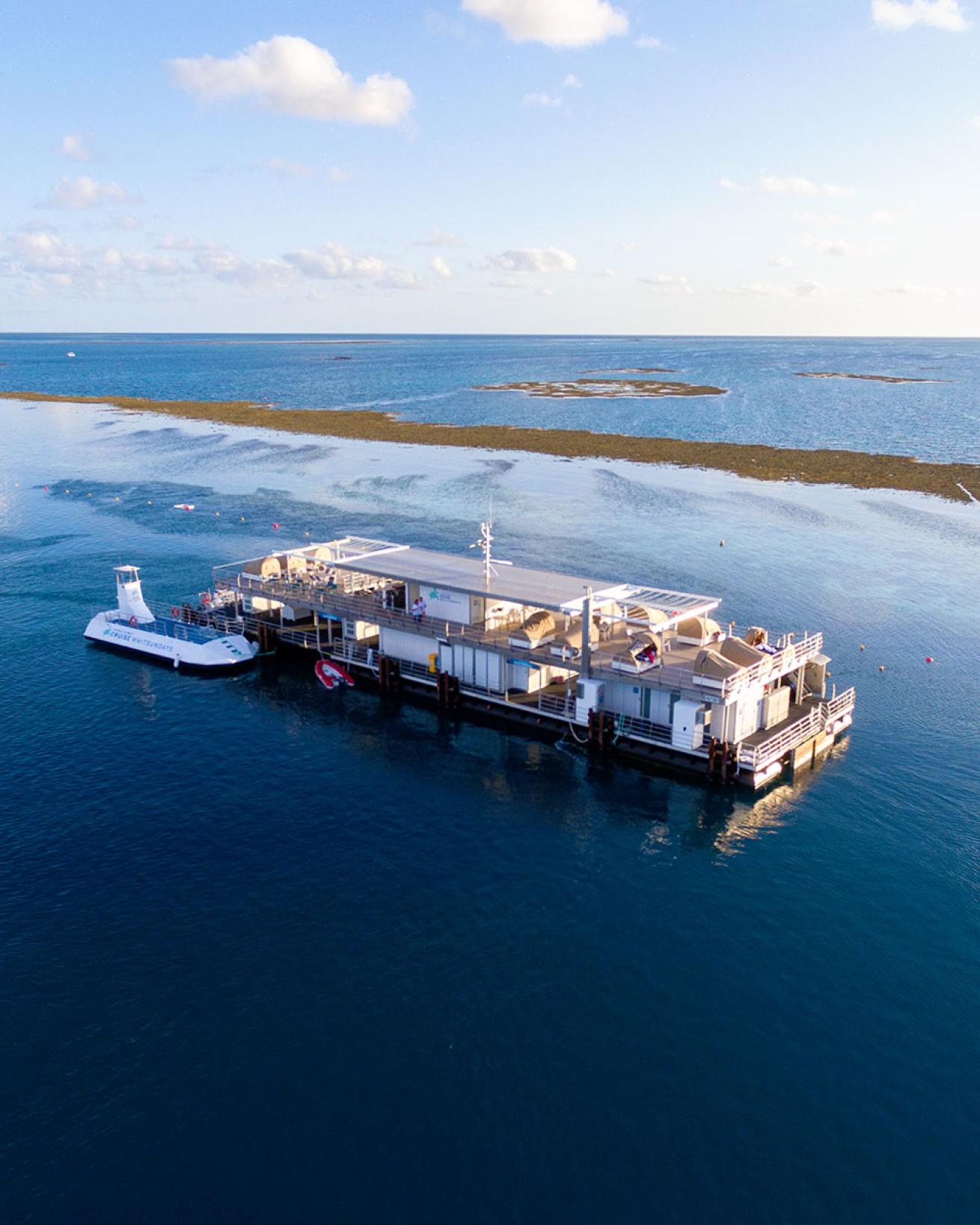
Courtesy ReefsuitesGuided snorkeling is included with your stay at Reefsuites but scuba diving is an additional expense.
“When you have 300 people going out on the same section of reef every day, then yes, there’s bound to be some localized damage to the reef,” marine biologist Johnny Gaskell, who is based on nearby Daydream Island, tells Conde Nast Traveler. “Usually, though, it’s not permanent, as corals do recover rather quickly from physical damage, granted it’s not from a cyclone. By concentrating tourism to one small section of the reef, and by carefully managing and controlling it, you’re ultimately able to protect other sites that are more vulnerable and in need of recovery.”
On its website, Cruise Whitsundays addresses environmental concerns as well, posting that their team “is working hand-in-hand with the Great Barrier Reef Marine Park Authority to ensure all elements of this project are approached in a sustainable and environmentally conscious manner.”
The GBRMPA requires all tourism operators in the area to acquire a permit to ensure they adhere to strict environmental standards, both while attractions are being built and while visitors are present. Operators must work with the GBRMPA to monitor reef health in relation to tourism impacts, plus they must charge all visitors a $6.50 fee that’s put in part toward conservation and environmental research.
Gaskell also says that the benefits of having such a unique firsthand experience with the reef outweighs the impacts on the reef.
“It’s one thing to go out snorkeling or fishing for the day, and another thing entirely to spend the night underwater, surrounded by marine life,” he says. “It allows people to make a connection with the environment that they wouldn’t otherwise get, and that makes all the difference.”
Reefsuites start at $547 per person, per night.

